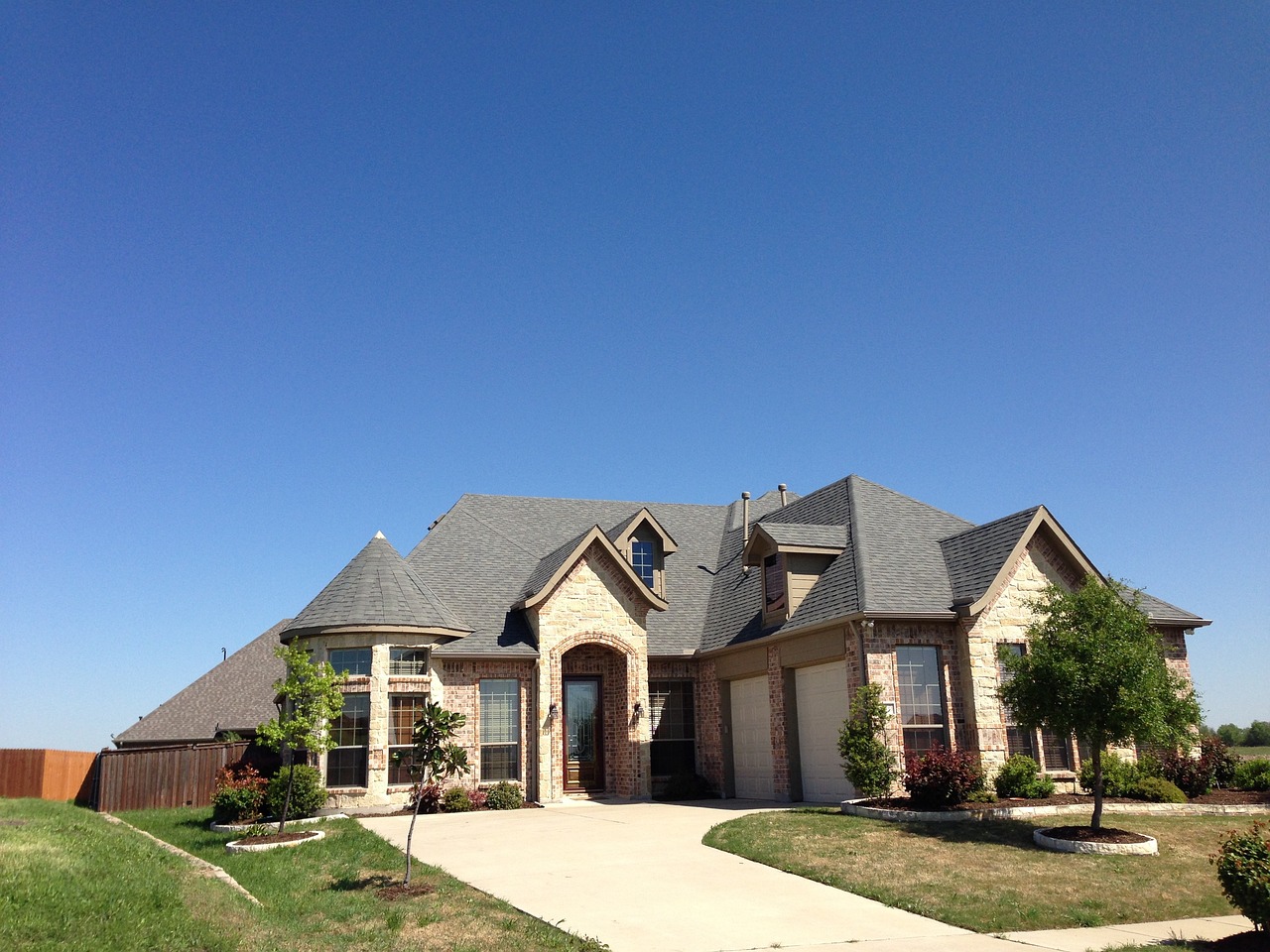
Opening a gîte Opening a furnished-rental property is an exciting adventure that requires you to follow a number of administrative and regulatory formalities. From the very first sentence, it is essential to understand that opening a gîte involves taking specific steps to comply with French legislation. This article will guide you through the steps you need to take to open your gîte legally, and answer the questions most frequently asked by future owners, whether you are in an urban or rural setting.
The first step in opening a gîte is to choose the legal status best suited to your tourist rental project. There are several options available to you:

Each status has its advantages and disadvantages, and it's important to think carefully about your choice based on your personal and professional situation:
The first thing you need to do is declare your gîte to the town hall in the commune where it is located. This declaration can be made online or using Cerfa form no. 14004*02. This is a compulsory step, and enables you to obtain a registration number that must appear on all your adverts, booking platforms and official documents. Prior declaration is a sine qua non for operating legally. You will also need to check that your project complies with local tourism and accommodation regulations. For example, if your gîte is located in a town, it may be subject to specific rules on short-term lets.

If you run your gîte on a professional basis, you will need to register with the RCS. This is necessary to obtain a SIRET number, which is essential for all your tax and administrative procedures. Whether you are a professional or non-professional furnished-rental property owner will depend on your situation, and in particular on the amount of rental income generated by your business. Knowing the difference between these two statuses is crucial to choosing the most appropriate one.
As a gîte manager, you are required to register with the Sécurité sociale des indépendants (Social Security for the Self-Employed). This will enable you to pay social security contributions and receive the corresponding benefits, particularly in the event of illness or accident related to your activity. It is important to understand the social security and tax obligations associated with your status, to avoid any unpleasant surprises.
Gîtes must comply with strict safety and accessibility standards, especially if they can accommodate more than 15 people. In this case, the gîte is considered to be an Établissement Recevant du Public (ERP) and must meet specific requirements:
It is compulsory to take out civil liability insurance to cover potential damage caused to tenants. This insurance is essential to protect your business and your property. You should pay particular attention to the terms and conditions of this insurance to avoid any unpleasant surprises. You should also check that your insurance contract covers all the activities offered in your gîte, including those for additional activities such as cookery workshops or guided tours.
The classification is not compulsory, but it does offer a number of advantages. A classified gîte enjoys greater visibility and credibility with customers, particularly on online tourism platforms. What's more, classification gives you tax breaks, such as a 71% allowance on rental income, or even 92% for gîtes in rural areas. A classified gîte often attracts more tourists and increases the booking rate, which can be a major advantage over the competition. The classification label can also make it easier to promote your unique holiday concept.

To get your gîte classified, you need to submit an application to an organisation accredited by Atout France. The cost of this process varies according to the organisation and the size of the gîte, but is generally around €180. The process includes an assessment of the facilities, comfort and services on offer. The classification is based on a grid of precise criteria, which takes into account the quality of the facilities, the welcome and the services on offer. This may include elements such as the breakfast table, internet access, and tourist information available to guests.
Opening a gîte is a rewarding project that requires careful preparation and compliance with a number of administrative and regulatory formalities. By following the steps outlined in this article, you'll be able to launch your business with complete peace of mind and enjoy the many advantages of running a gîte. Whether you choose to set up a new gîte or take over an existing one, it's essential to be well informed and to surround yourself with professionals to support you in this adventure. Don't forget to use digital tools and social networks to promote your accommodation and optimise your occupancy rate.
Don't forget that the success of your project also depends on the quality of your welcome, your organisation and your ability to meet tourists' needs. Think about offering additional services such as bike hire, guided tours of the region or restaurant recommendations to give your guests an enriching experience.
With good organisation and constant attention to detail, your gîte will be able to welcome visitors all year round, making for a pleasant and memorable stay in your region.
1. How do I sell a gîte?
2. Where to buy a gîte
3. How much does a night in a gîte cost?
4. How profitable is a gîte?
5. Buying a gîte or creating a gîte: which should you choose?
6. The different types of gîtes
7. Taxation of gîtes
8. Gîte labels
9. Gîte classification
10. Running a gîte as a business
11. How to communicate effectively for a gîte
12. How to choose the best platform for your gîte
13. What criteria should I take into account when buying a gîte?
14. Furnishing and decorating a gîte
15. What is the ideal number of bedrooms for a gîte?
16. The advantages of a large plot for your gîte
17. What are the essential features of a self-catering cottage?
18. Should a swimming pool be installed for a gîte?
19. What price should I pay for a gîte?